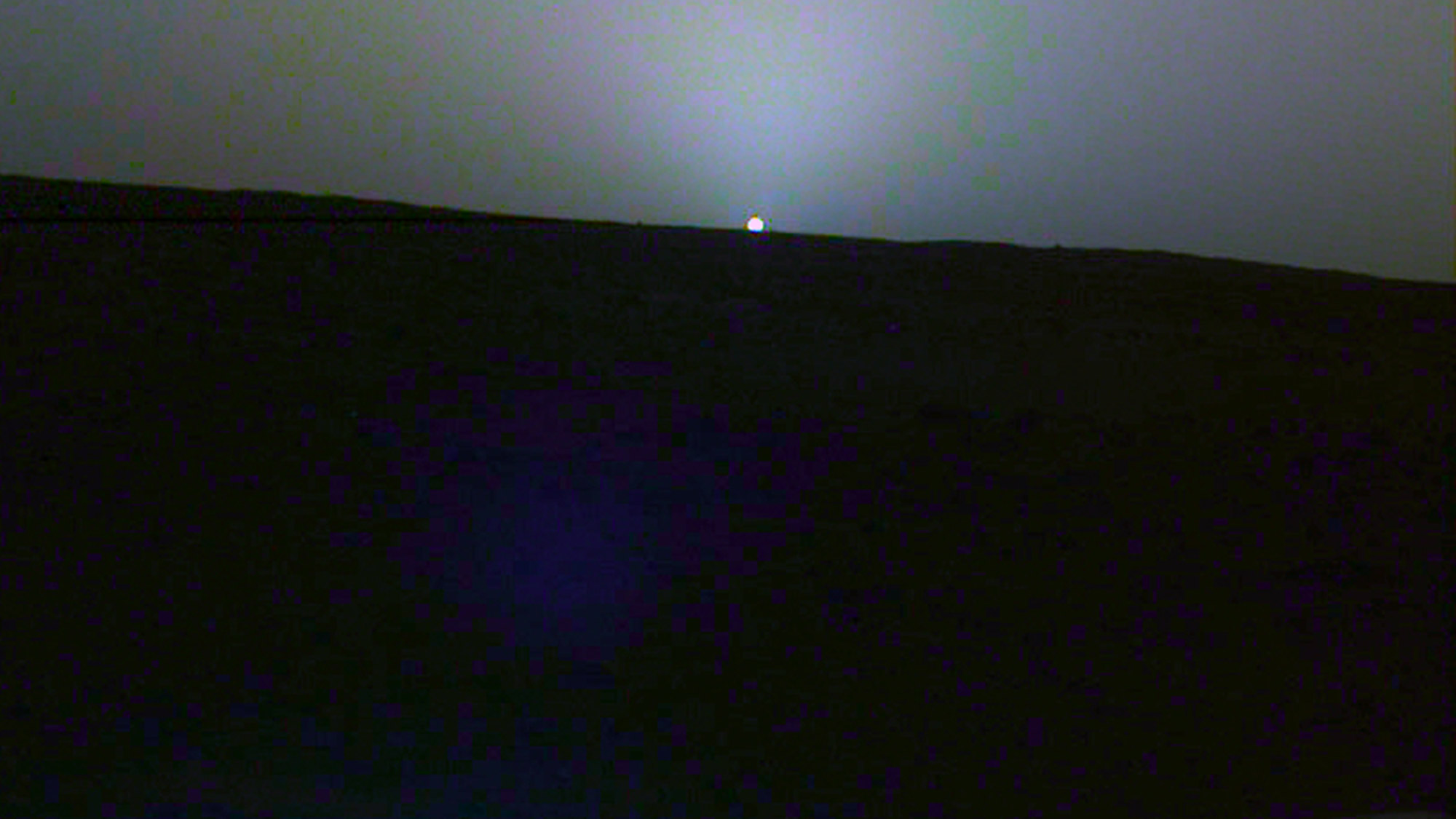
A small, dim sun hangs near the Martian horizon in gorgeous new images captured by NASA's InSight lander.
InSight snapped photos of a Martian sunrise and sunset last week, following in the footsteps of other NASA explorers, such as the Spirit, Opportunity and Curiosity rovers.
"It's been a tradition for Mars missions to capture sunrises and sunsets," Justin Maki, InSight science team co-investigator and imaging lead at NASA's Jet Propulsion Laboratory in Pasadena, California, said in a statement today (May 1). "With many of our primary imaging tasks complete, we decided to capture the sunrise and sunset as seen from another world."
Related: Mars InSight in Photos: NASA's Mission to the Red Planet
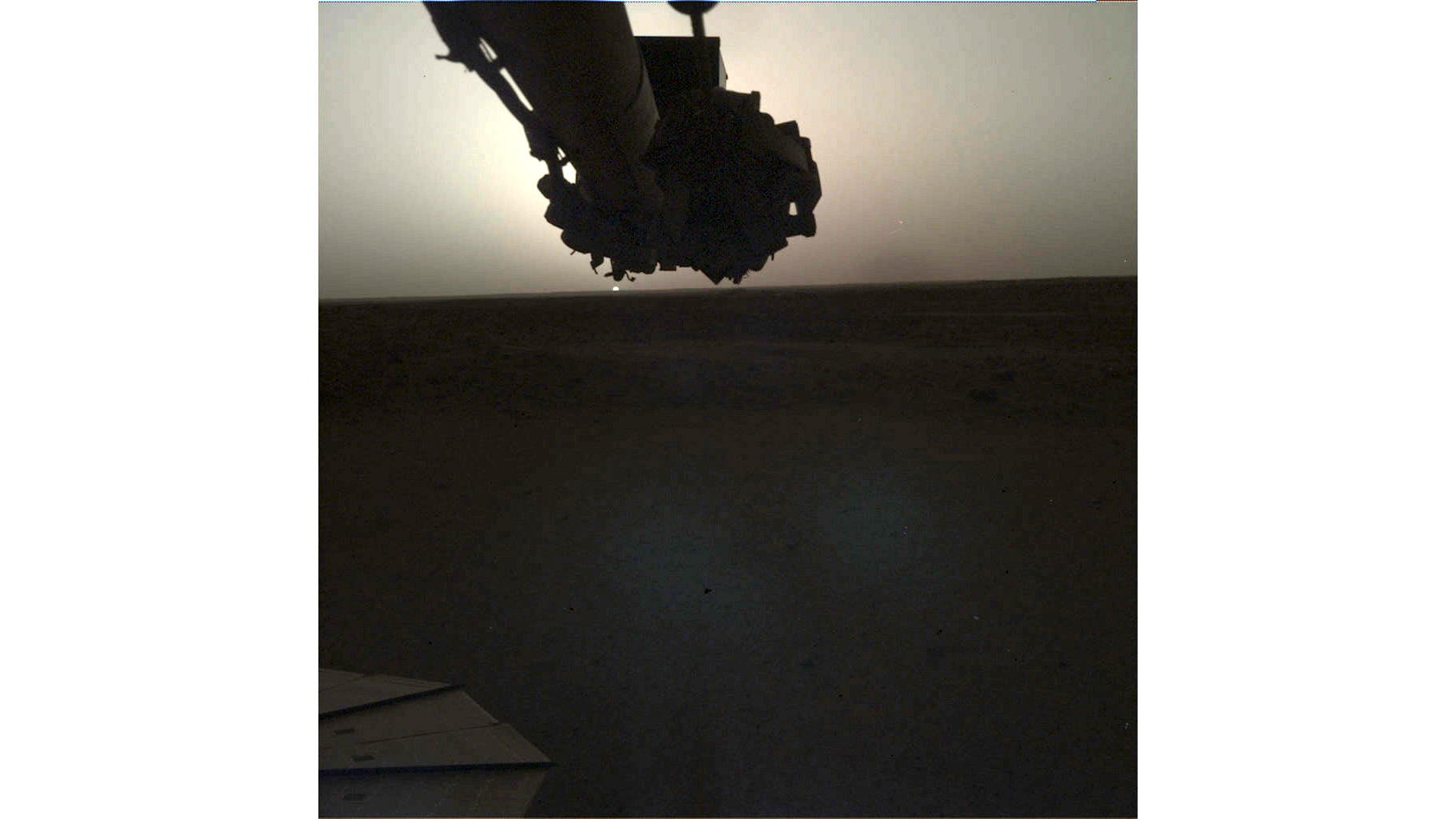
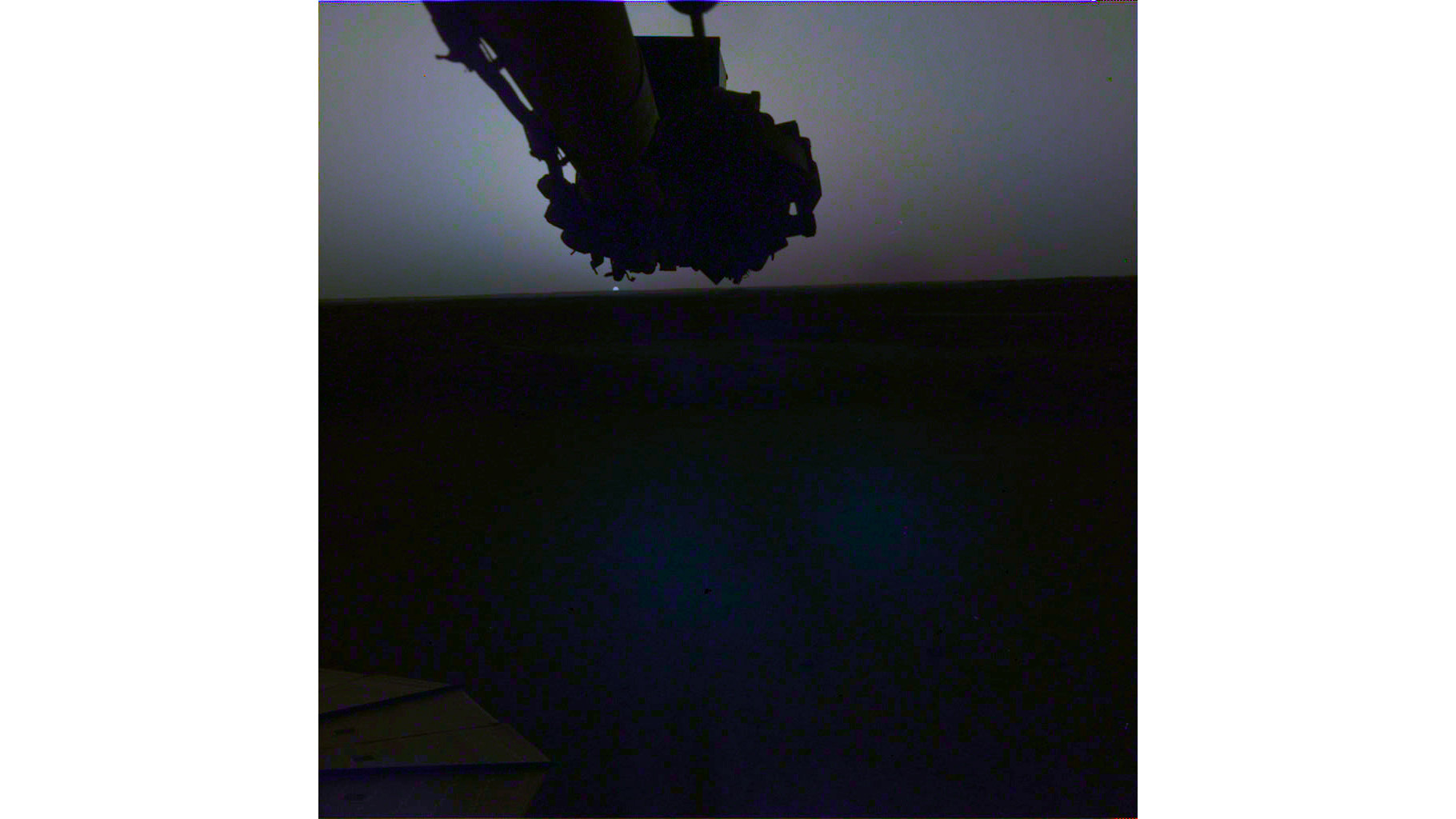
InSight took the photos on April 24 and 25 using a camera on its robotic arm. The robot started snapping sunrise pics at around 5:30 a.m. local Mars time and sunset shots about 13 hours later, NASA officials said. This evening haul included some nice imagery of gray clouds scudding across the Red Planet's sky, which were taken with a camera on the lander's deck.
Mission team members released both raw and color-corrected versions of the imagery. The color-corrected ones show how the scenes would look to the human eye.
One thing that stands out is the sun's diminutive size. Mars is considerably farther away from the sun than Earth is, so our star appears just two-thirds as big in the Red Planet's sky as it does here, NASA officials said.
Get the Space.com Newsletter
Breaking space news, the latest updates on rocket launches, skywatching events and more!
The $800 million InSight mission — whose name is short for Interior Exploration using Seismic Investigations, Geodesy and Heat Transport — touched down near Mars' equator in November to study the planet's structure and composition.
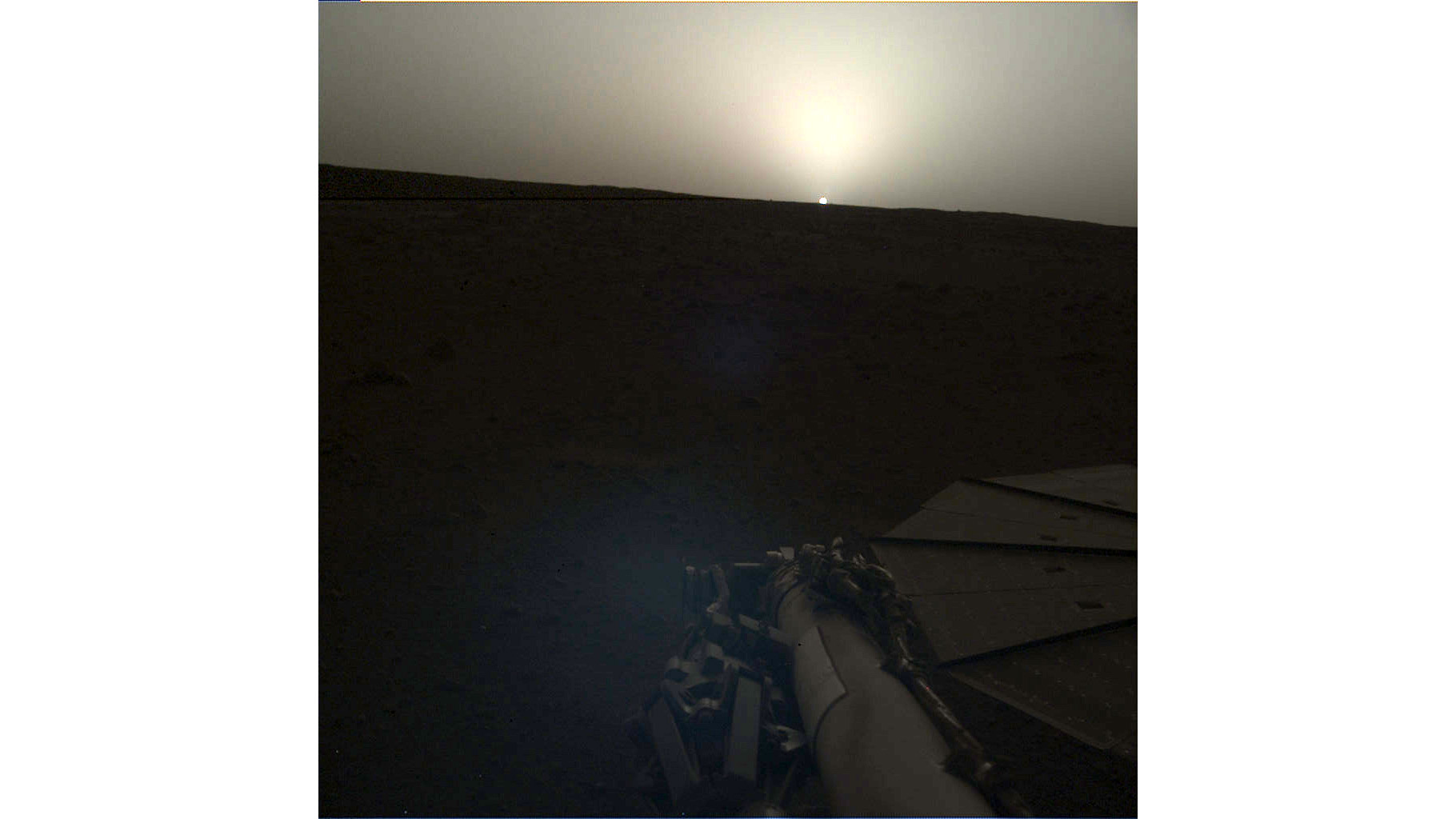
The robot sports a burrowing "mole," which is designed to measure heat flow, and a suite of superprecise seismometers, which are on the lookout for Martian seismic activity. With the data from these instruments, and from a radio-science experiment conducted using InSight's communications gear, the mission should be able to map Mars' interior in unprecedented detail, NASA officials have said.
The mole has not yet managed to burrow as deep as the team had hoped, for reasons that are still under investigation. But the seismometers have apparently detected their first "marsquake," mission team members announced last week.
NASA's Viking 1 lander was the first to photograph the sun setting or rising on the surface Mars; that robot snapped a sunset on Aug. 21, 1976, NASA officials said. Its twin, Viking 2, saw a sunrise on June 14, 1978, and later-arriving surface craft carried on the tradition.
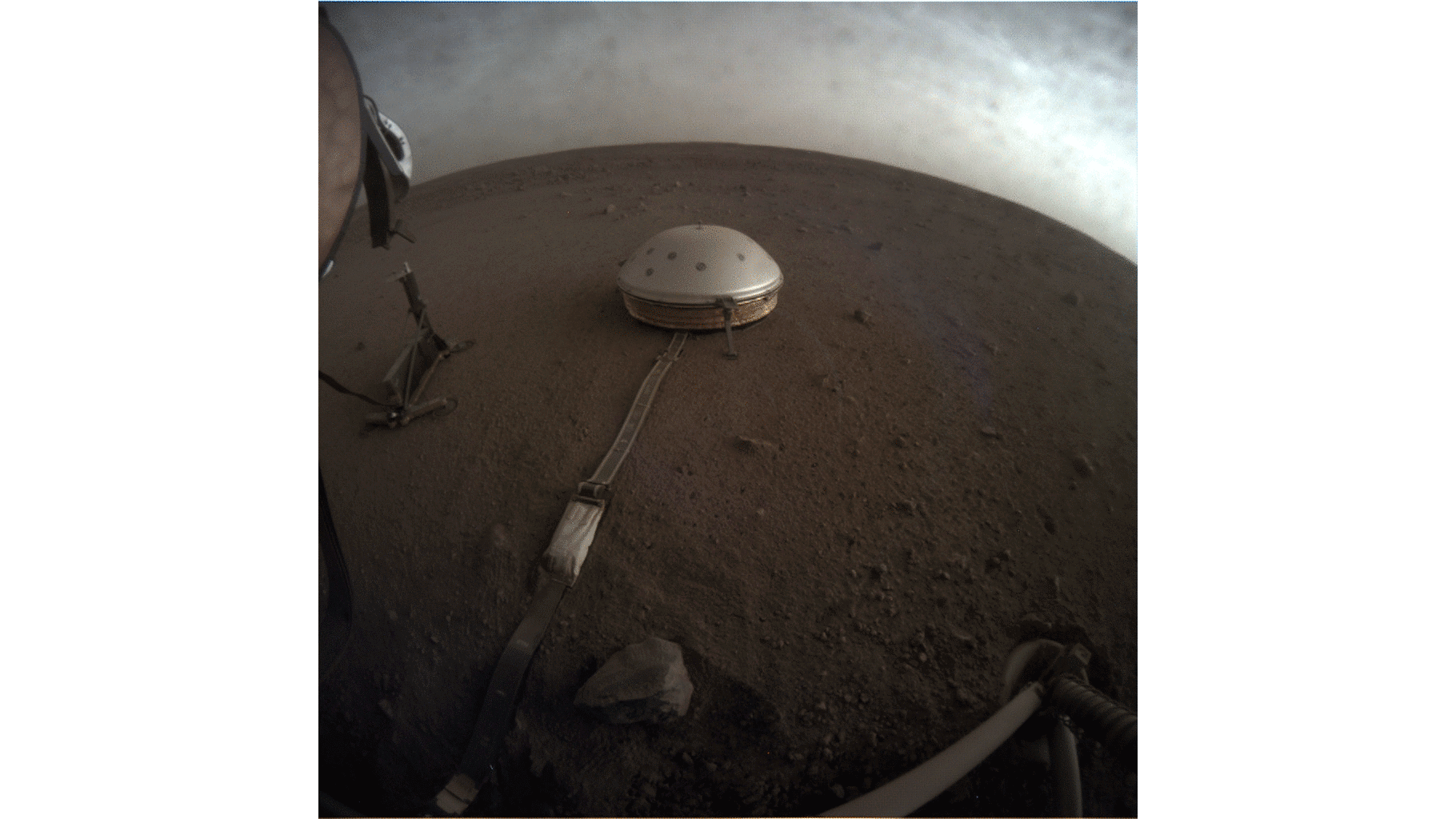
- Mars Myths & Misconceptions: Quiz
- Mars Explored: Landers and Rovers Since 1971 (Infographic)
- Phobos' Shadow: Experience an Eclipse on Mars with NASA's InSight Lander
Mike Wall's book about the search for alien life, "Out There" (Grand Central Publishing, 2018; illustrated by Karl Tate), is out now. Follow him on Twitter @michaeldwall. Follow us on Twitter @Spacedotcom or Facebook.
Join our Space Forums to keep talking space on the latest missions, night sky and more! And if you have a news tip, correction or comment, let us know at: community@space.com.

Michael Wall is a Senior Space Writer with Space.com and joined the team in 2010. He primarily covers exoplanets, spaceflight and military space, but has been known to dabble in the space art beat. His book about the search for alien life, "Out There," was published on Nov. 13, 2018. Before becoming a science writer, Michael worked as a herpetologist and wildlife biologist. He has a Ph.D. in evolutionary biology from the University of Sydney, Australia, a bachelor's degree from the University of Arizona, and a graduate certificate in science writing from the University of California, Santa Cruz. To find out what his latest project is, you can follow Michael on Twitter.









